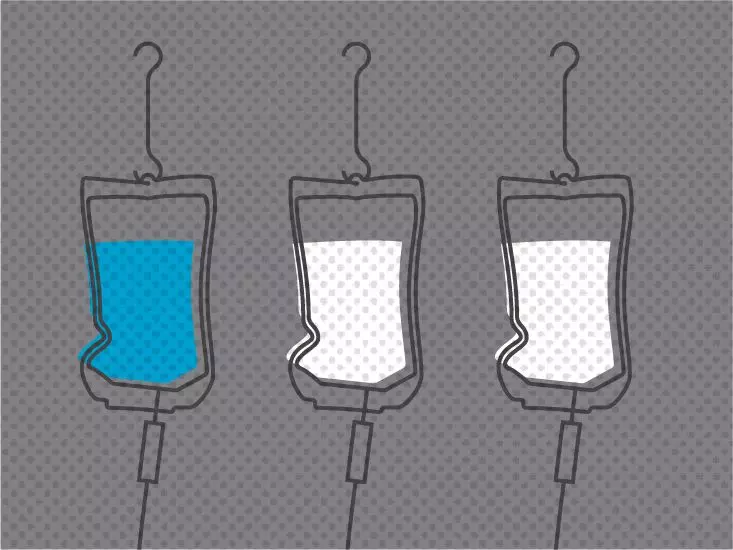When it comes to managing certain types of lymphoma and leukemia, Gazyva (obinutuzumab) represents a vital option for many patients requiring intravenous therapy. As with all medications, the associated costs can be a significant concern for patients and their families. This article aims to dissect the various elements influencing the pricing of Gazyva, including how insurance coverage, treatment plans, and financial assistance programs can impact the overall cost.
The price of Gazyva is not a uniform figure; it can differ widely based on several factors. The initial point of consideration is whether a patient has health insurance and the specifics of their plan. Insurance coverage can affect out-of-pocket expenses, including copay amounts, deductibles, and whether prior authorization is required. For individuals without insurance, the costs can be daunting, potentially reaching thousands of dollars per dose given the biological nature of the drug. Gazyva is classified as a biologic therapy, notorious for its higher price tags due to the extensive research and development required for these complex medications.
Another factor that can affect Gazyva’s price is the location and setting in which treatments are administered. Patients may receive Gazyva at hospitals, infusion centers, or a physician’s office, each of which could have different billing structures. As treatments may be billed under a patient’s medical coverage rather than their prescription drug plan, it is crucial for patients to understand the implications of their insurance policy in these contexts.
A key aspect that further complicates the cost of Gazyva is that it is available only as a brand-name product. Unlike some other biologic medications, Gazyva does not have a biosimilar version, which means patients miss out on potentially lower costs offered by drugs that enter the market after the original has lost patent protection. Biosimilars are typically less expensive than the brand-name counterparts, often due to the reduced regulatory requirements that follow the initial approval of a biologic drug.
The lack of competition in the form of biosimilars for Gazyva could keep prices elevated during its market exclusivity, which lasts until the patent expires. This dynamic can lead to financial burdens for patients relying solely on this medication for their treatment regimen.
Given the inherent challenges in navigating the costs associated with Gazyva, many manufacturers, including Genentech—the company that produces Gazyva—offer financial assistance programs. These initiatives are designed to alleviate some of the financial strain on patients. Programs such as the Genentech Oncology Co-pay Assistance Program seek to reduce copayment expenses for eligible patients. The Genentech Patient Foundation also provides avenues for support focusing on individuals who may require help accessing medications due to financial hardships.
Patients encouraged to reach out to their healthcare providers or pharmacists can better understand their eligibility for these support programs. Utilizing tools such as the Genentech program helpline and various online resources can provide significant financial validation and a path towards more manageable treatment costs.
Delving deeper, the specifics of insurance coverage introduce nuanced questions concerning treatment authorization and the implications of different insurance plans. Coverage requirements such as prior authorization render it essential for patients to engage with their healthcare provider before commencing treatment with Gazyva. Their insurance provider must confirm coverage prior to administration to avoid potentially facing the full cost of treatment. This aspect can add an additional layer of complexity, particularly for those dealing with the stresses of a cancer diagnosis.
Moreover, patients must be diligent in ensuring they pursue all necessary documentation and approvals related to their treatment process. Failing to comply with these protocols could lead to unexpected expenses that could further impede a patient’s ability to receive appropriate care.
Gazyva’s cost is influenced by a multitude of factors that include insurance intricacies, treatment settings, and the absence of biosimilars. It is imperative for patients to have open discussions with their healthcare providers regarding their treatment plans and associated costs, as well as exploring available financial assistance options. Accessible resources and programs stand to ease the financial burdens that often accompany life-saving therapies, making it possible for patients to focus on their health and recovery without the overshadowing concern of overwhelming medical expenses. Understanding these factors thoroughly can empower patients to make informed decisions about their treatment choices.

